Siberian Huskies are a medium-sized dog breed from Siberia Region in Russia. From the place’s name, the dog breed has acquired its name. Contrary to common belief, the Siberian Huskies are not a wolf hybrid or a type of wolf. The breed belonged to the Spitz genetic family.
Thickly furred double coats, triangular, erect ears, and distinctive markings make it easier for anyone to identify the huskies. The active, resilient and energetic dog is smaller than a similar breed known as the Alaskan Malamute.
If you would like to know more about their double coat, I have written a post here all about the double coat and how it protects a Siberian Husky
Siberian Husky is one of the fine examples of the prowess of selective breeding. This dog breed proves that selective breeding can produce a form perfectly suitable for the purpose for which the breed had been developed.
History Date Timeline
The history of the Siberian Husky showed that the Chukchi people of Northern Siberia first developed the breed. For centuries, the Chukchi tribespeople bred sledge dogs and kept them as their companions. The Siberian huskies are direct descendants of those sledge dogs.
Chukchi tribe people valued the ability of the Siberian sledge dog breed to pull the sledge and guard them. They treated the sledge dogs as a part of the family. They used to permit the dog to enter their family dwelling space to spend nights. Once Chukchi people started taking part in trade, a Russian fur trader known as William Goosak first introduced the breed to Nome, Alaska, as the Siberian sledge dogs.
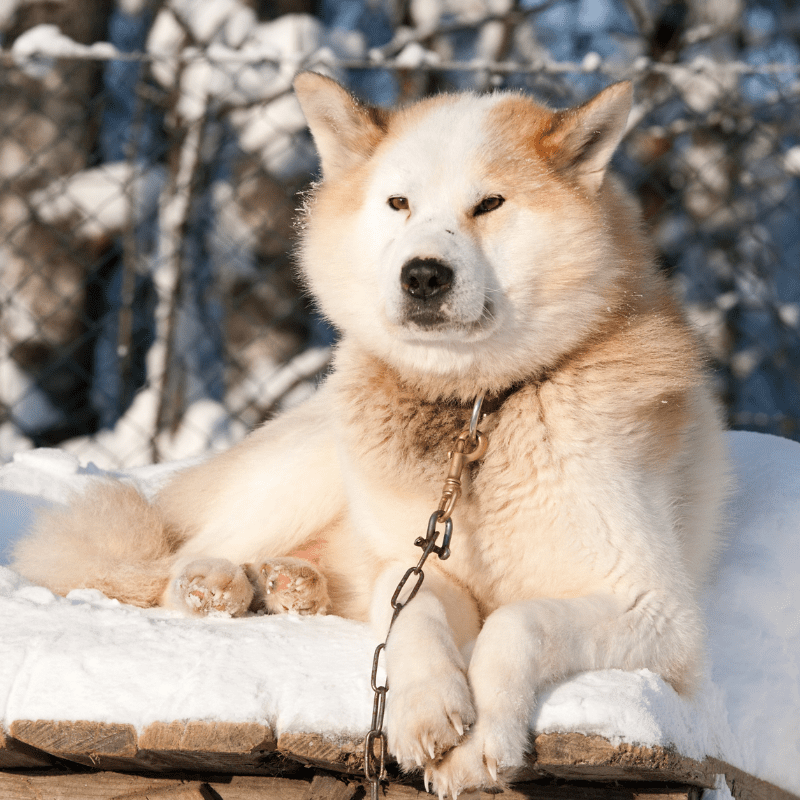
1908
While most dog breeds came to America when they were celebrated in their home country, the Siberian Huskies take a different route. In the fall of 1908, breeders first brought the Huskies to North America without much fanfare. These dogs were brought to America quietly through a point where America and the Asian peninsula almost met.
The History of the Siberian Husky denotes that the dogs were first imported to Nome, Alaska. William Goosak, the Russian fur trader, was the one who brought this breed first to The United States. He brought these dogs to participate in 1909 All Alaska Sweepstakes race. As the Huskies were almost half the weight of the giant sledge dogs and did not have an immense stature, people were not impressed. They called the dogs, Siberian rats.
1909
All Alaska Sweepstakes was a gruelling 408 miles race that started in 1908 for the first time. While the Siberian Huskies have won many races in their native lands, the first race they took part in on American soil became one of the most important races for the breed.
Even though no one was impressed by the Huskies’ looks, Goosak persuaded a Danish sailor, known as Louis Thurtrop, to use the Huskies in his team. In April 1909, the first team of Siberian Huskies trotted out of Nome to make history for the breed.
Even though the odds against this team were 100 to 1, the Huskies performed tremendously and nearly won the race. It was said that Thurstrope was not a judicious sledge driver, and he took an unnecessary rest in Candle. That decision pushed the team to third place. It was said that if Thurstrope had won the race, it would have broken the banks of Nome.
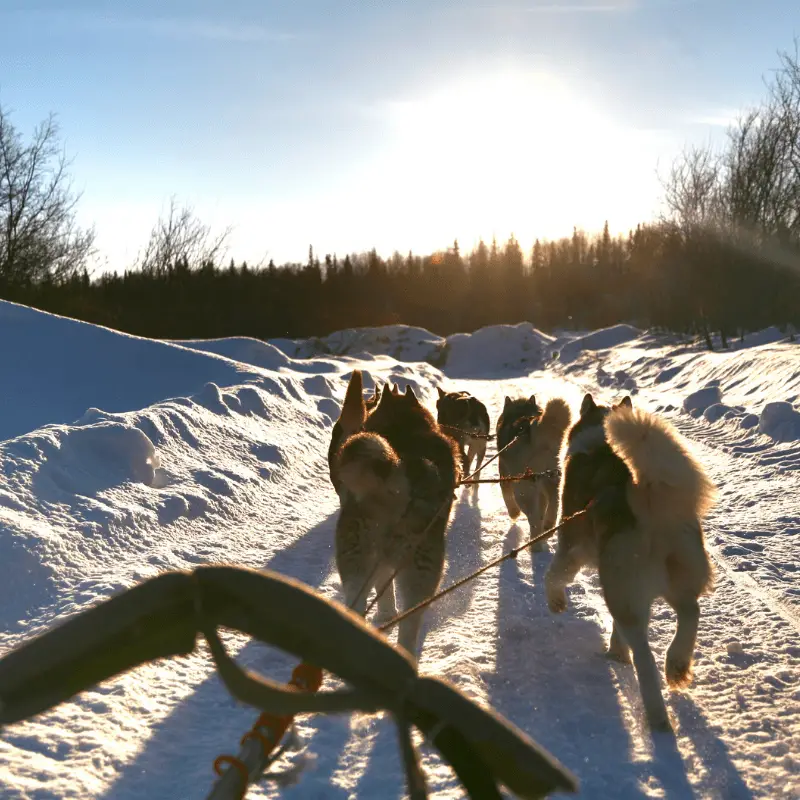
The performance of the Huskies impressed the spectators so much that a young man known as Fox Maule Ramsay went to Siberia himself in November 1909. He spent about $25,000 to find the best specimens of the breed and brought them to the USA.
1910
Ramsay was one of the competitors in the Nome race. So, once he brought the Huskies to the US, he divided them into three teams. This year, he entered the All Alaska Sweepstake Race with all three groups of Siberian Huskies. Two of his uncles took two teams, and he drove one.
The team of Siberian Huskies that entered the race under the name of Col. Charles Ramsay and was driven by John Johnson came first. The team of Fox Ramsay came second, and the other group of the Siberian Huskies came fourth in the race. The Siberian Huskies finished the race with 74 hours, 14 minutes, and 37 seconds elapsed.
This single race turned the perception of people about the Siberian Huskies. Overnight, all the amusements people tend to feel about the dogs turned into admiration. Even though the progeny of Fox Ramsay’s dogs won many races in the later period, the small Siberian Husky team of Goosak showcased the abilities and resilience of the then-unknown Siberian sledge dogs, which became known as Huskies.
Want to know how Siberian Huskies are so good in the snow and what part of their body helps them immensely? I have written an interesting post here that can explain.
1913
Roald Amundsen, the explorer who first reached the South Pole, started preparing for an expedition to the North Pole. For this occasion, his friend Jafet Lindberg, the co-owner of the largest mining company of Nome, began gathering the best Siberian Huskies. It was Leonhard Seppala who was responsible for the training of these dogs.

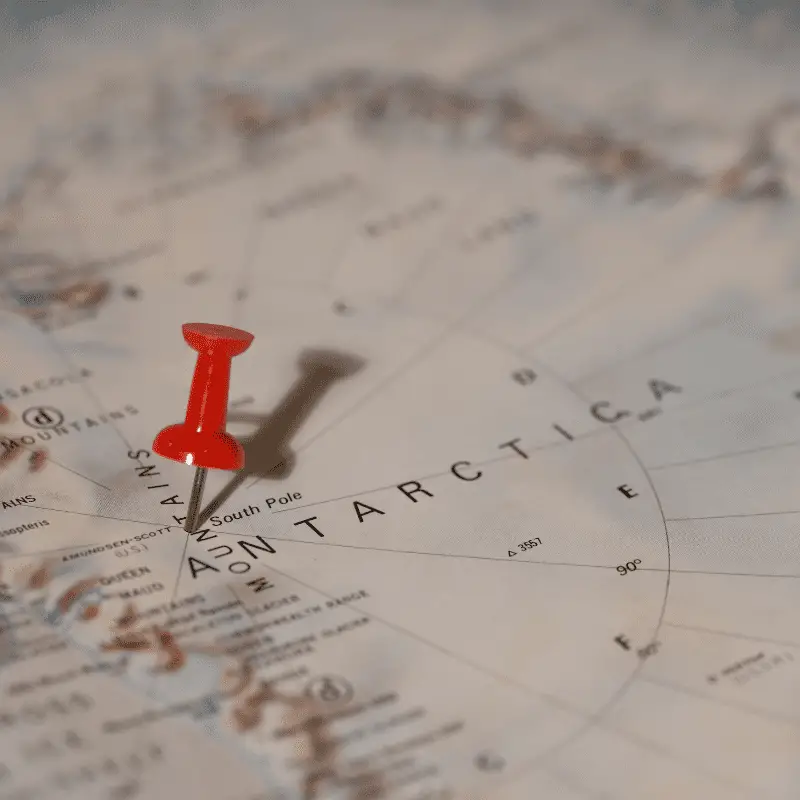
1914
As the First World War started this year, Amundsen was almost compelled to give up his dream expedition to the North Pole. However, Seppala continued the training of the Siberian Huskies.
1915, 1916, 1917
Seppala took part in the All Alaska Sweepstakes for four consecutive years with his team of Siberian huskies and won the race these years. Over time, Seppala became one of the foremost trainers of the Huskies and participated in other races once the All Alaska Sweepstakes got cancelled.
1917
During this time, the communist rulers of Russia offered a free trade deal with the. However, with the increased trade, the tribespeople started getting affected by smallpox. The epidemic decimated and weakened the Chukchi tribe. The History of the Siberian Husky indicated that during this time, the Soviets executed all the Chukchi village leaders, who were the successful breeders of the Siberian Huskies. After that, the Soviets started the standardised sledge dog breeding program in that region.
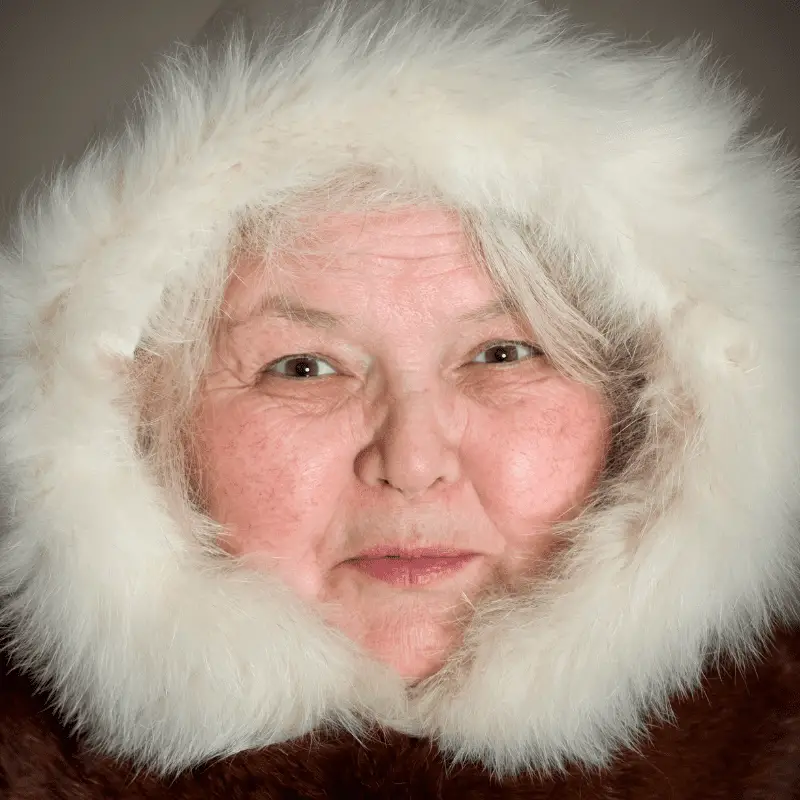
1925
The famous serum runs this year brought the Huskies and Seppala back to the limelight.
In January of this year, Nome was affected by a Diptheria epidemic. The closest place that had enough serum was about 600 miles away. Even though the run was a joint effort of different sledge dog teams, Seppala and his team of Huskies completed the most dangerous and the longest 264 miles of the marathon.
The team of the Huskies was led by a dog named Togo. As a result of this gruesome marathon, Togo became permanently lame. A team led by another Husky, Balto, and driven by Gunnar Kassen completed the last leg of the race. A statue of Balto in the central park honouring all the sledge dogs that took part in the serum run.
1926 and 1927
After this run, Seppala went to New England with his 40 Siberian Huskies. Seppala entered his Siberian Huskies in a race in Poland Spring, and the dogs easily won the race. It was the first race that the Huskies won outside of Alaska. The team of Huskies also bagged the more prestigious New England point-to-point three-day race in Laconia.
1930
This year, the American Kennel Club first recognised the breed. During this time, Seppala partnered with another Siberian Husky aficionado Elizabeth Ricker. They started the Poland Springs Kennel and began racing and exhibiting the dogs.
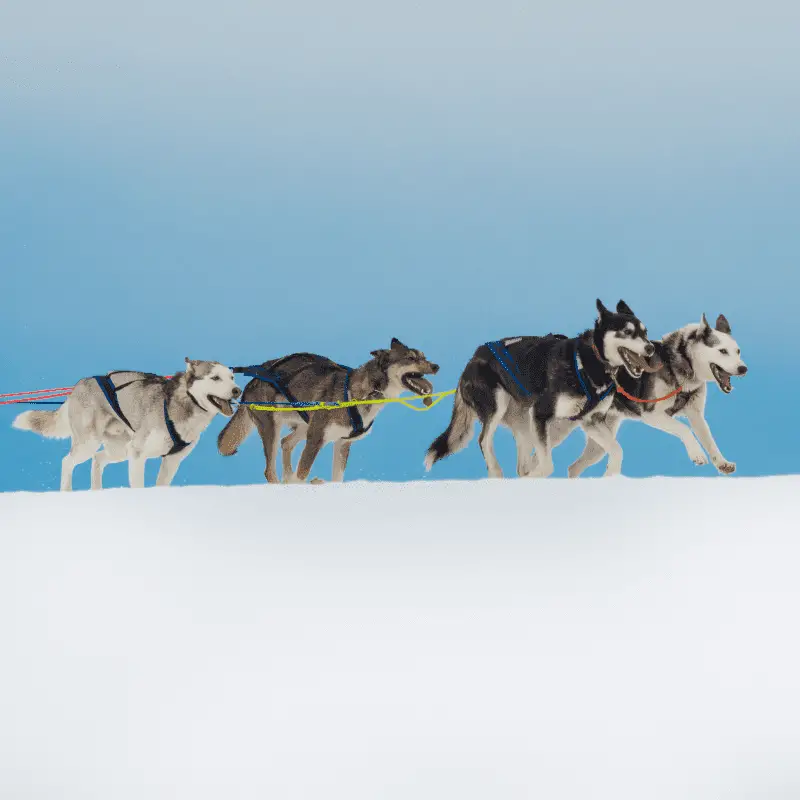
1933
Admiral Richard E. Byrd brought about 50 Huskies for an expedition. In this expedition, he hoped to cover a 16000-mile journey around the coast of Antarctica. This historic trek proved the benefit of the small stature, speed, and resilience of the Huskies to the world.
1938 and 1939
The United Kennel Club acknowledged the breed as the Arctic Husky in 1938. In 1939, Canada registered the husky for the first time. The Siberian Husky Club of America was founded in 1938.
1940
An archaeological excavation conducted in the ancient Ipiutak sites at the Point of Hope in Alaska found dog remains. The 2000 years old remains of the dogs were positively identified as that of the Siberian sledge dogs. This evidence proved that the Huskies are indeed the descendants of an ancient breed.
1939-1945
During World War II, the United States Army used the Siberian huskies to form search and rescue units for the Arctic regions.
1945-1994
During this extended period, the British Antarctic Survey in Antarctica used the Siberian Huskies for their expeditions. A bronze statue of a BAS dog now sits outside its Cambridge headquarters.
1952
The Soviets declared that the Chukchi dog had never existed, and the Siberian Huskies are an American breed with nothing to do with Siberia.
1960
The Us Army formed a project to construct a space research and defence facility under the ice. Camped century, a part of the project ice worm, had 150+ crew who brought an unofficial mascot with them. The mascot was Mukluk, a Siberian Husky.
Modern Day
The Huskies are still quite popular among dog lovers. The recent popular TV shows and movies have stoked the popularity of the huskies even further. Many Universities and colleges have also chosen Huskies as mascots.
Conclusion
All in all, the Siberian Huskies are quite popular sledging dogs today. These dogs are known for their intelligence, vocal voices and protective nature towards their owners. Its friendly and energetic nature has turned these dogs into popular family dogs. Learning about the History of the Siberian Husky indicates that if you want a vibrant and loving companion by your side, go for the huskies.
Find out why Siberian Huskies make pathetic guard dogs here and how there is so much more to their vocal voices.
